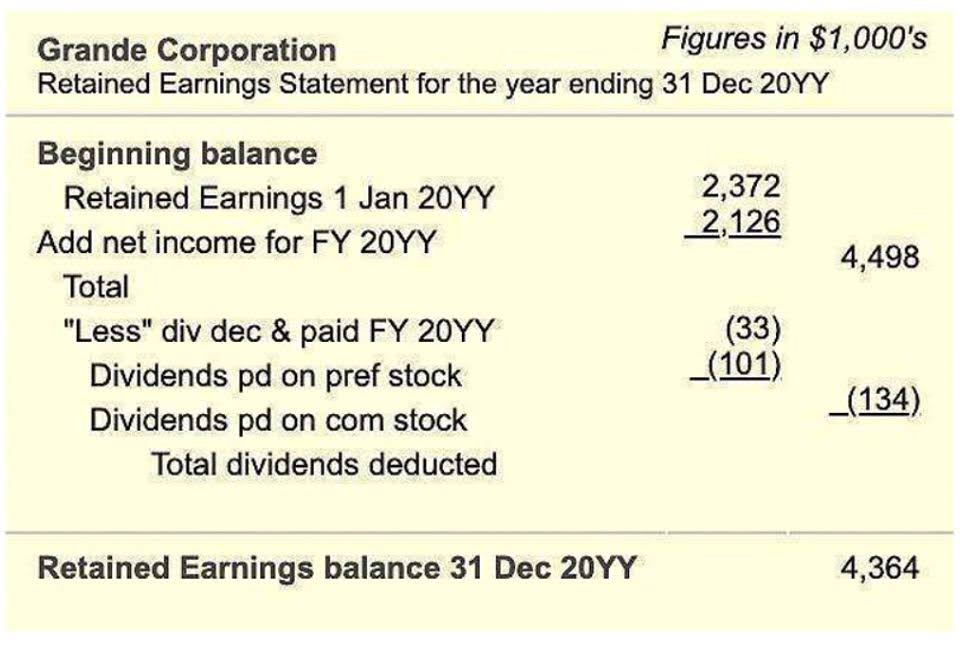Encumbrance Accounting Nonprofit+ Nonprofit ERP

This naming makes more sense when you realize that encumbrance enables budgetary control by recording money that is allocated for future projects, preventing over-expenditure of a budget. Encumbrance accounting primarily allows nonprofits and government organizations to record and monitor all future and planned expenses. Encumbrance accounting acts as a budgeting tool, resulting in more effective planning, allocating, and controlling their budgets.
Accurate expenditure control

Encumbrance accounting is only concerned with creating encumbrance journal entries for documents such as purchase requisitions and purchase orders. Encumbrance is performed in three steps – pre-encumbrance, encumbrance and expenditure and is recorded in two journal entries. By successfully implementing encumbrance accounting, organizations can benefit from better financial management, enhanced budget control, and more accurate cash flow predictions. It provides a comprehensive view of future payments and expenses, allowing organizations to make informed decisions and optimize their resources effectively. Financial statements indicate how budgetary resources are allocated to payment commitments before the actual expenditure incurs with encumbrance accounting.
- An encumbrance is a binding agreement or commitment to use a certain amount of funds for a specific purpose, such as a contract or grant.
- By doing so, you can maintain accurate records of your financial obligations and make informed decisions regarding resource allocation.
- The lender, generally a bank, retains an interest in the title to a house until the mortgage is paid off.
- Encumbrance accounting is independent from BudgetaryControl and is managed by these application.
- An entry is made in the journal with a debit to the encumbrance account and transferred to the general ledger.
- Though it may be tempting to leave extra money in the general fund to pull from whenever something comes up, doing so could easily over-extend your budget and place serious constraints on your cash flow.
- Encumbrances are accounted for in the balance sheet as reserved fund balances and can be adjusted or carried forward at the end of a financial year.
RESOURCES
As a result, organizations can track their expenditures against the allocated budget more effectively. The FASB gives guidance for reporting restricted cash on the balance sheet and in cash flow statements. Verify purchase order transactions so you can see Legal E-Billing what encumbrances materialized into actual paid expenses.
Implementing AP automation for budget control

Once the encumbrance is approved, the funds are no longer available for use in other transactions. Any encumbrance funds are not part of the actual funds ledger balance, because payments haven’t been processed. Once a vendor is paid, the encumbrance is lifted and the funds appear in the actual funds balance rather than the encumbrance balance. Encumbrance accounting is often used as a planning tool for budgetary control, particularly in government organizations using government accounting standards and nonprofits. Routable provides a complete audit trail to help lower fraud and compliance risk and helps increase visibility through this thorough tracking. We also allow you to process your invoices and payments your way, whether that means email, scanning, or automatically forwarding bills from your email.


Purchase order encumbrances are most commonly used in government accounting, but any organization can use the principle for budgetary control. Using encumbrance entries can serve as a general planning tool and can predict cash outflow. Encumbrance accounting, also known as commitment accounting, tracks anticipated spending to budgeted amounts. The first step encumbers newly entered purchase order line items into the General Ledger to help prevent overspending. After that, encumbrance accounting you unencumber the line items once they go into an Accounts Payable invoice for payment. Encumbrance journal entries and accounting are also sometimes called commitment accounting.
- Using encumbrance entries can serve as a general planning tool and can predict cash outflow.
- Barbara is a financial writer for Tipalti and other successful B2B businesses, including SaaS and financial companies.
- If the borrower cannot repay the mortgage, the lender may foreclose, seizing the house as collateral and evicting the inhabitants.
- When tracking your transactions and expenses, it is crucial to reflect your cash flow on your general ledger accurately.
- The encumbrance accounting entry is done for funds set aside for future expenses that are liable to be paid.
- Encumbrance accounting is the process of accounting for encumbrances and recording them in the general ledger as a transaction to the encumbrance account.
Increased transparency
A property becomes encumbered once it has a lien on it, or when there are zoning restrictions. Manual encumbrance lines are made on the general ledger, most commonly after a purchase requisition process. Once a purchase order (PO) goes through the approval process, the encumbrance transaction then shows the money appropriations for that purchase. Any unpaid encumbrances at the end of the year processing, such as outstanding purchase orders, are examined and unearned revenue may carry to the first period of the following year. Encumbrance helps ensure you have enough funds to pay your expenses and enables you to manage and budget better.
Use PLANERGY to manage purchasing and accounts payable

Organizations use budgetary controls to minimize maverick spending and avoid overspending. It allows government entities, nonprofits, and some businesses to more effectively monitor and control how much they spend. They’re better able to keep their expenditures within the allocated budget and more accurately predict cash flow. Encumbrance accounting is a budgeting method used primarily in governmental and not-for-profit organizations to track commitments for future expenditures.
The accounting term encumbrance can sometimes be mistaken for real estate encumbrance. Encumbrances are the money set aside by a company for payments to its suppliers or creditors for future expenses. When a vendor has been selected, and a purchase order or recurring purchase has been set up with the vendor, the payment becomes legally due.